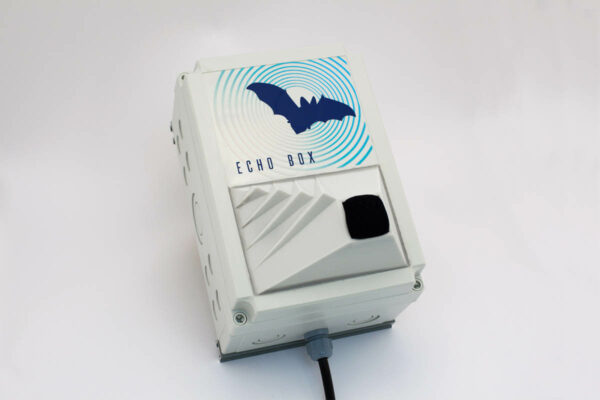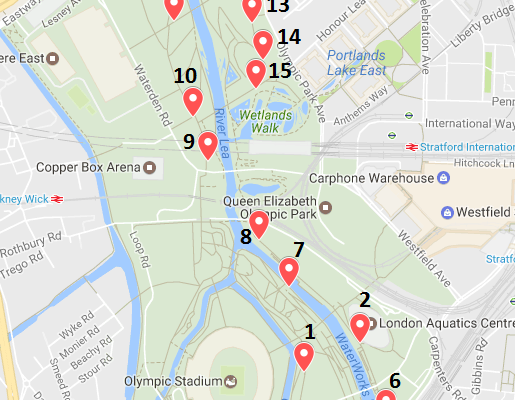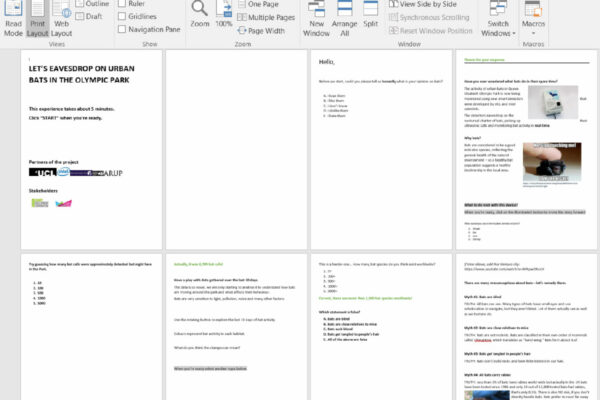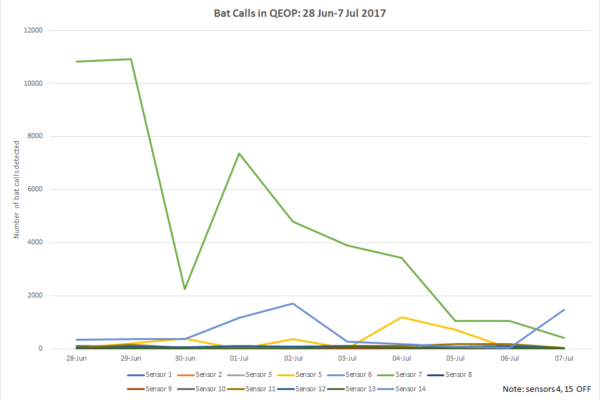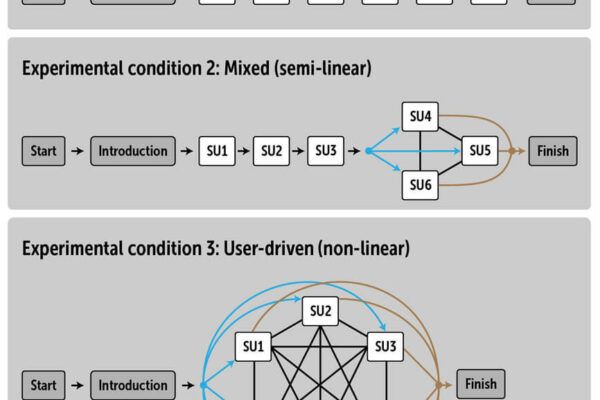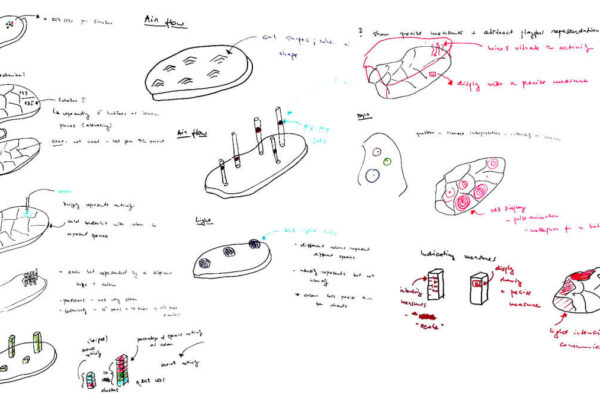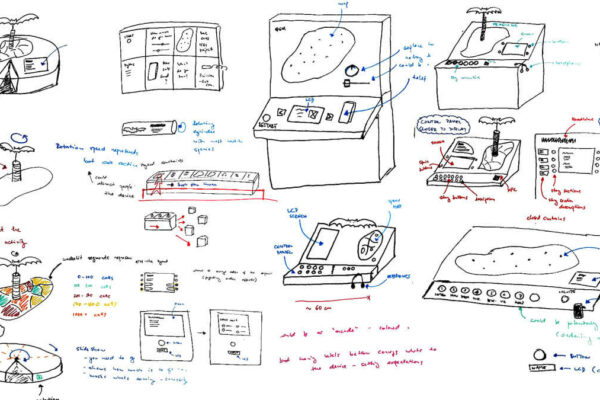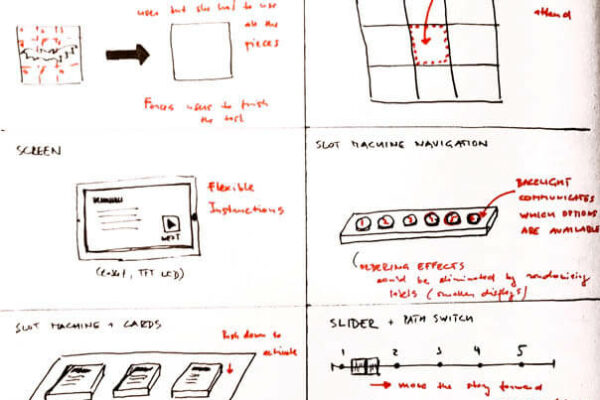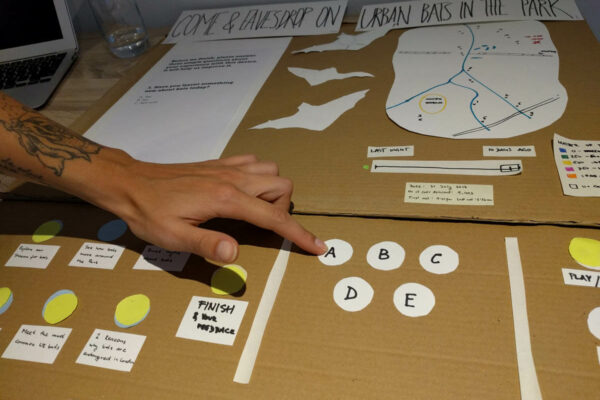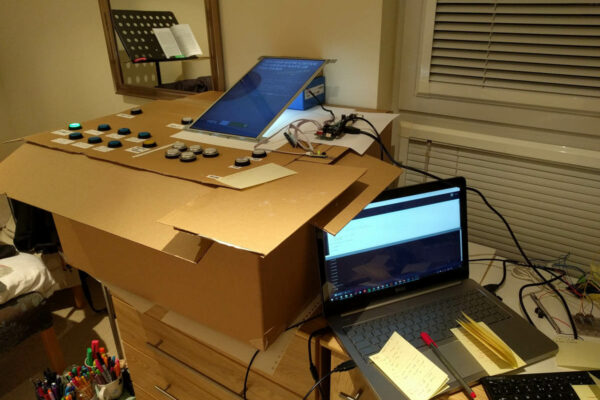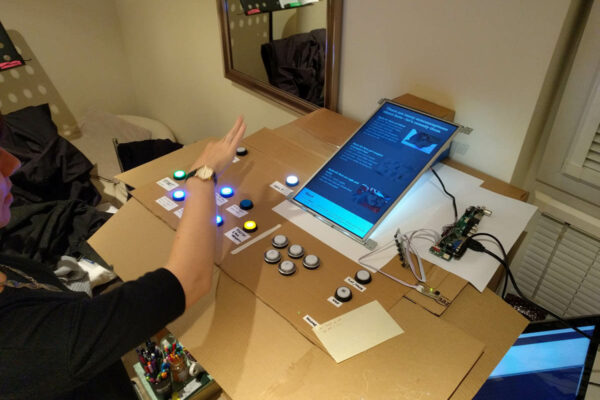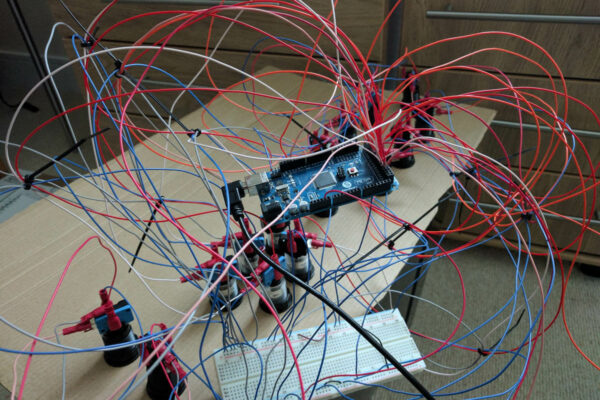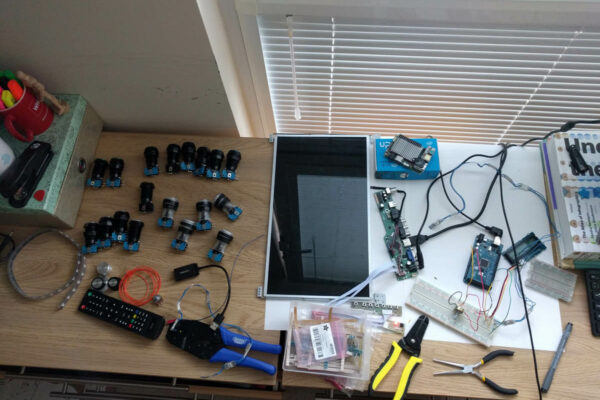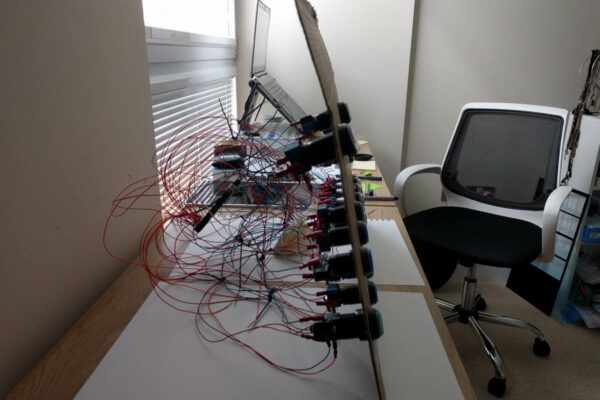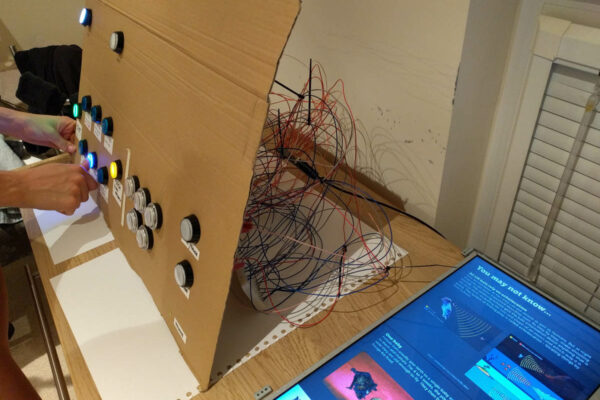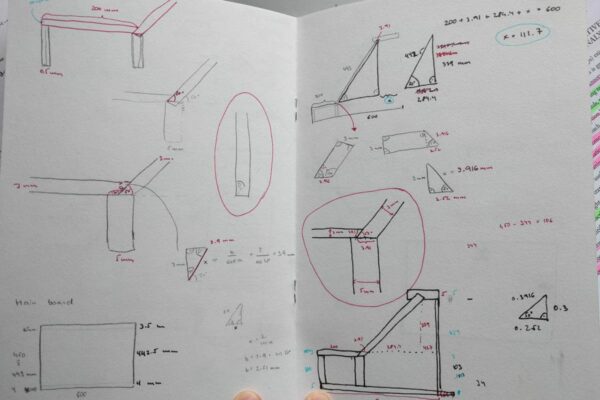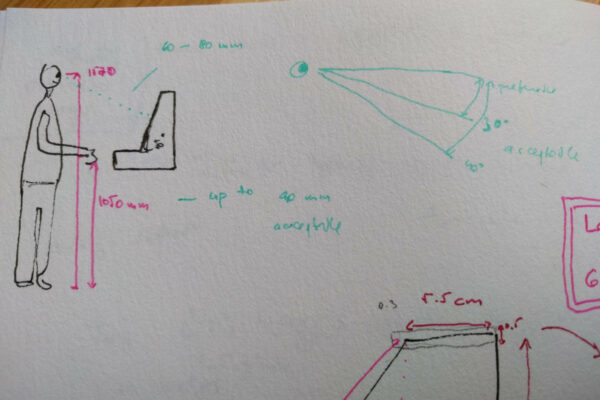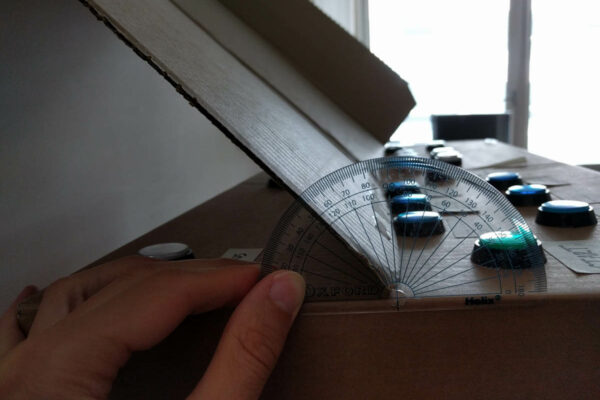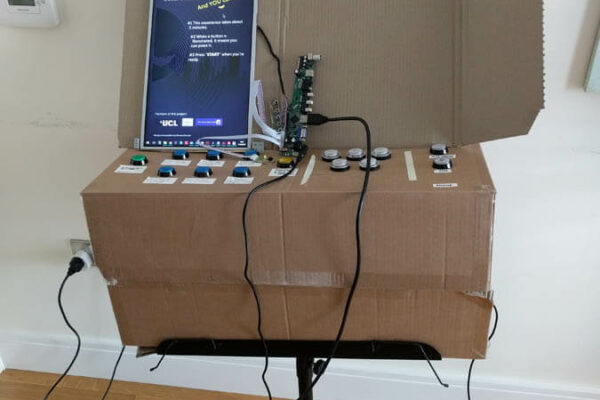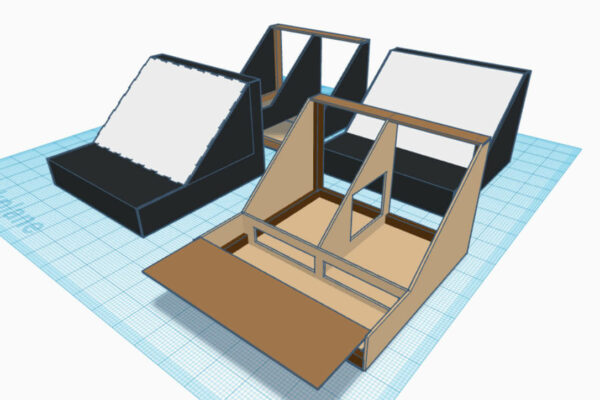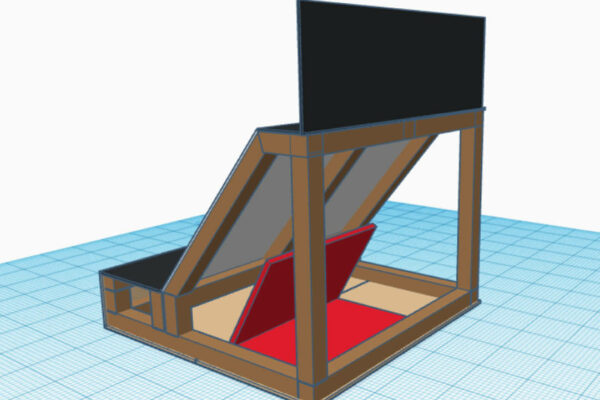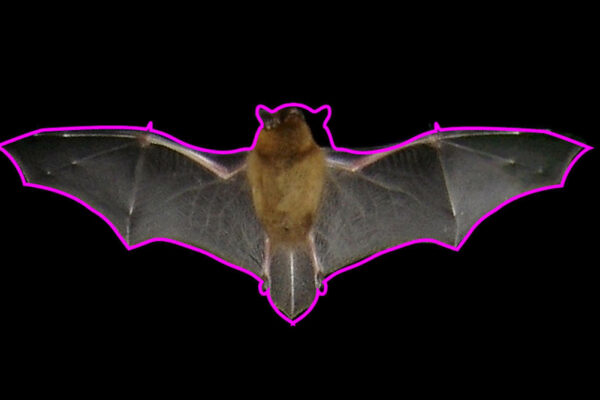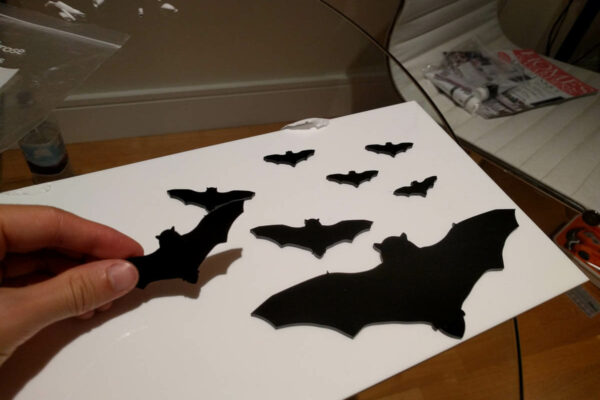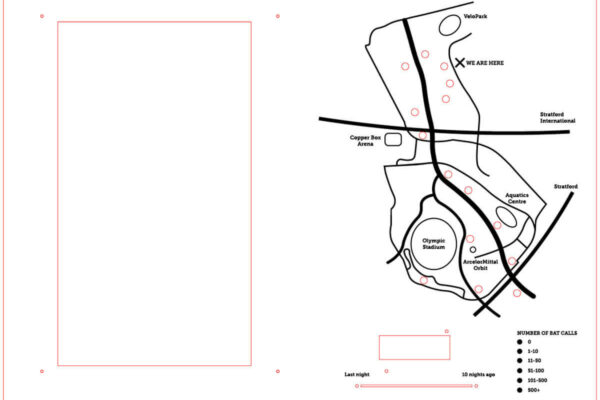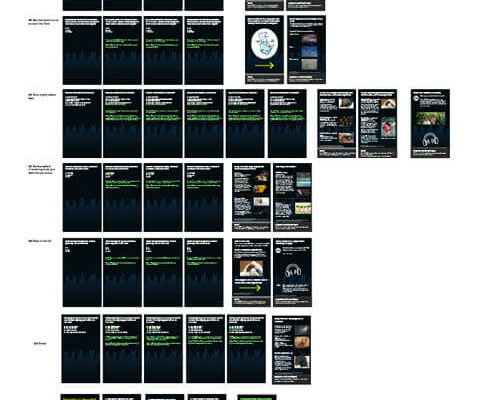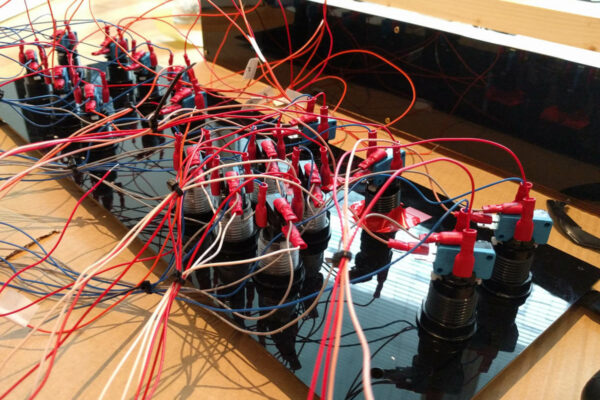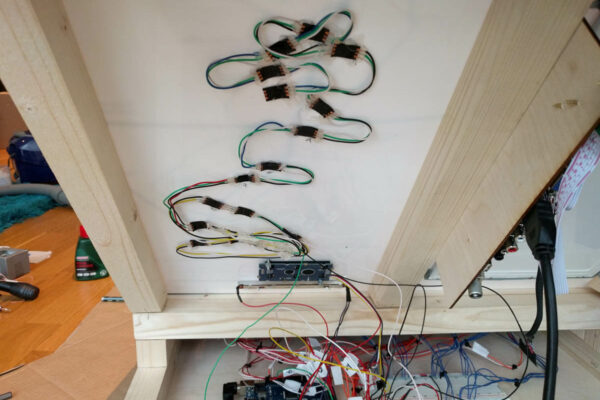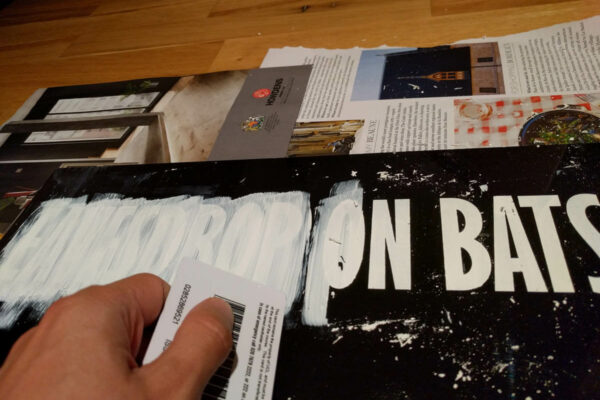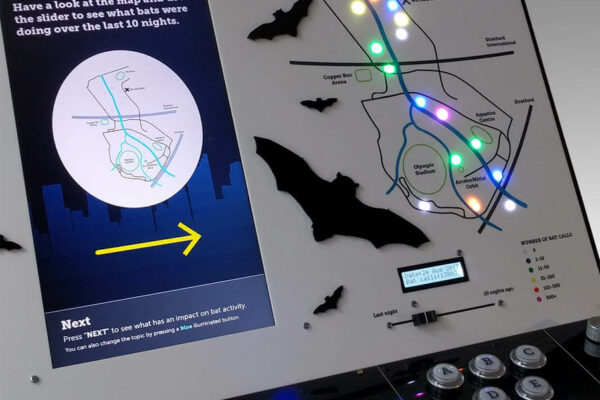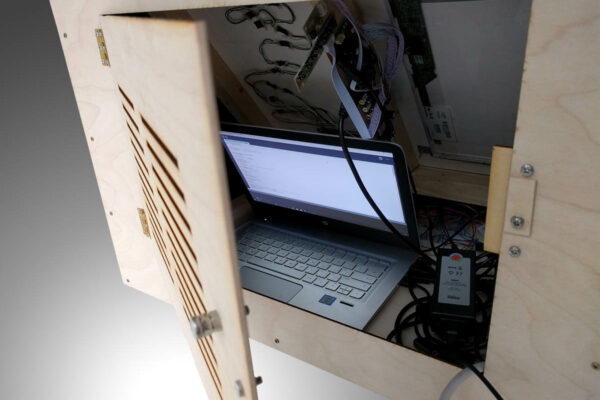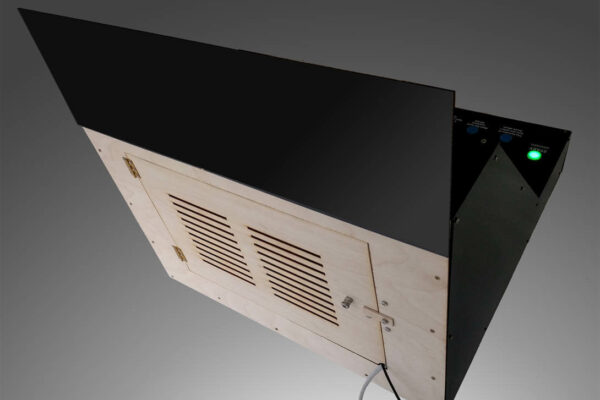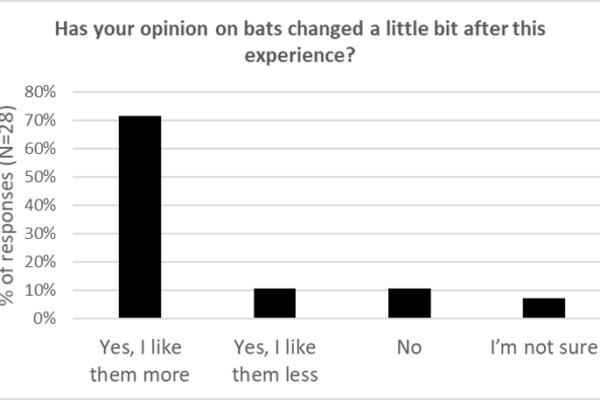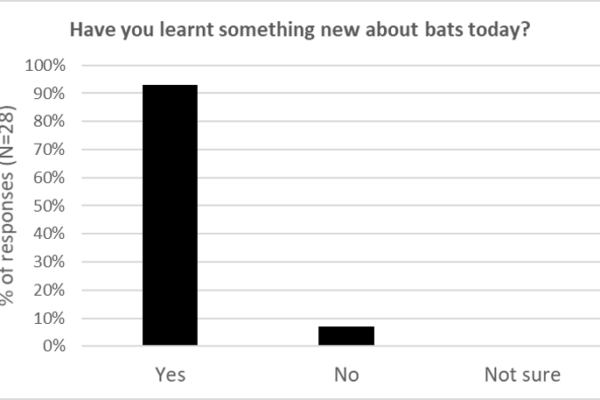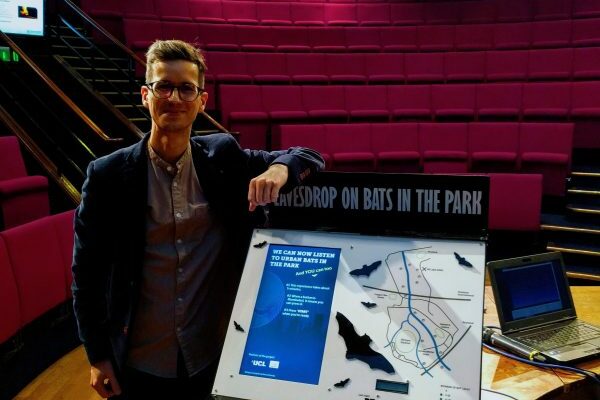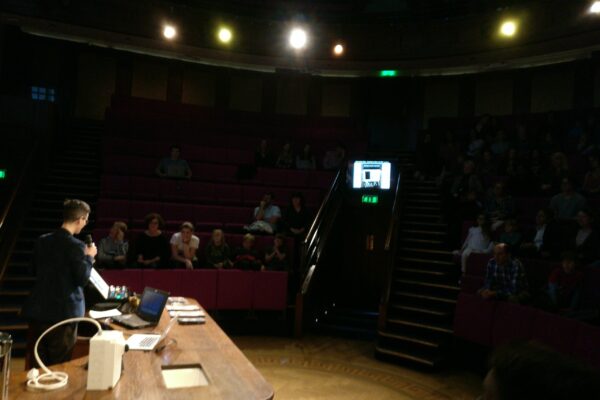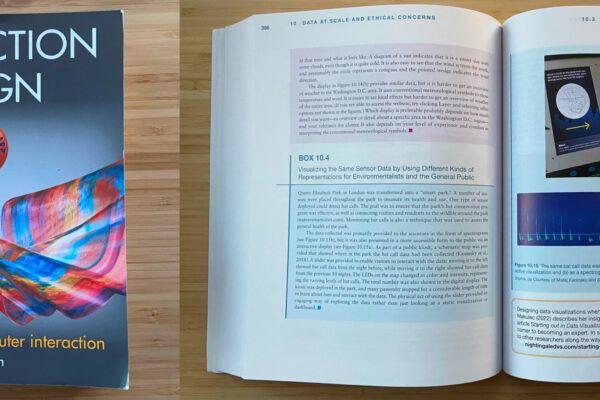PlayBat
An award-winning installation encouraging the public to learn about bats.
Intel Labs
(My MSc project)
Period
06/2017-09/2017
Industry
IoT
Platforms
- Arduino
- UpBoard (Intel)
- Hybrid physical/digital device
My role
Novel IoT data streams offer a unique opportunity to engage the public by sharing new insights not available before. The question is—how to best serve such information to educate, engage and evoke public discussion? In this project, I explored the use of tangible interfaces.
I designed a novel multi-modal physical device to present and enhance a newly available IoT dataset of bat activity from Queen Elizabeth Olympic Park in London. An in-the-wild evaluation indicates that such physical device can be successful in engaging the public even on a topic in which people may not already have an interest.
Background
Urbanisation negatively impacts wildlife by increasing pollution levels and by causing landscape fragmentation and habitat loss. There are growing movements to better monitor and understand wildlife in urban areas to foster and support effective conservation. Most recently, a novel wildlife data set has become available in Queen Elizabeth Olympic Park in London (QEOP) where the activity of bats is now being monitored across urban spaces. Echo Box—an IoT device developed by Intel and UCL scientists—is able to automatically recognise and categorise bat calls; fifteen Echo Boxes were deployed in QEOP in June 2017
Challenge
- 1 in 5 people in the UK dislike or hate bats
- The dislike is primarily caused by a number of misconceptions that people have, knowledge gaps that surround these species, and aesthetics—as bats are perceived as “ugly”
- Collectively, these make educational efforts in this area difficult as a large proportion are either apathetic towards or have a preconceived dislike of bats
- Bats are, however, an essential biodiversity indicator species and they are also important pest controllers; they are legally protected since 1981
Could the new stream of bat data from QEOP be used to support bat conservation by raising the agenda to public view?
My role
This was an individual MSc project—I designed, programmed and developed the whole device, and ran an evaluation study. The project was supervised by Yvonne Rogers (UCL Interaction Centre) and Sarah Gallacher (Intel).
Goal
Inform and educate the public about bats.
Remedy myths and misconceptions.
Raise awareness about the benefits of bats.
Raise awareness about the benefits of existing conservation efforts.
Target audience
Teenagers to ~34 years-old, living in a large city
People at this age range were found to be most prone to believing in myths about bats, knew the least about the benefits of bats, and largely did not know bats were protected in the UK. A subgroup of 18-24 year-olds was also found to be most afraid of bats (60% of 18-24 year-olds).
Process, methods and tools
I followed the user-centred design (UCD) process with a focus on iterative design development. The proposed design intervention is intended to augment a public space, therefore, in addition to UCD, in-the-wild evaluation was conducted to ensure high ecological validity (i.e. realism) of the findings.
In this study, passive observation and contextual inquiry (in a form of intercept interviews) were conducted. To triangulate these qualitative methods, all user interactions with the design artefact were automatically logged and analysed quantitatively. These data complement the observation by providing accurate measures on how much time users spent with the device, which and how many sections they visited, or how they responded to embedded quizzes and surveys. A similar approach was successfully used in evaluations of museum installations.
Selecting the medium: Why not an app or a website?
Although many of urban IoT data streams are open and publicly available through APIs, apps or websites, engaging the public with the data is challenging.
Tangible User Interfaces (TUI) offer a number of benefits:
- Learning
It has been shown that TUIs support learning as they engage more human senses - Affordances
TUIs offer rich and familiar social and physical affordances—familiar input/output mechanisms lower the barrier to entry and reduce the fear of embarrassment in public places - Playfulness
TUIs are often perceived as playful and fun to use—this is extremely important for public-facing interfaces, especially when their aim is educational - Saliency in a public space
Through their embodied nature, TUIs are easy to spot in public spaces—this is crucial to overcoming display and interaction blindness that many traditional public displays suffer from
Design principles
I went through an extensive list of related literature on data stories and narrative visualisation, public displays and tangible interface to identify best practices, which I then turned into the following design principles:
- Provide unambiguous social and physical affordances
- Evoke intrinsically motivated learning
- Make it a challenge
- Spark curiosity
- Make it fun & playful
- Make it look attractive & novel
- Keep it informative & trustworthy
- Strive for consistency and coherence
Discovery research
The project was started by exploring the problem space and the challenges which the QEOP bat data could address. Interviews with four subject matter experts from prospective target audiences were conducted and consequently, the focus of the MSc project was narrowed and the basic requirements were established. Finally, in an effort to learn more about the prospective field study location, passive observations were carried out in Timber Lodge Café.
- 4 in-depth interviews with subject-matter experts
- Extensive desk research (over 70 research papers and other resources)
- Deployment location explorations
Concepting
Initial content development
- Bat IoT data exploration
- Story development
- Story units development
- Exploration of different narrative flows
Device design explorations
- Inspiration boards
- Rapid Sketching
Prototyping
Low-fidelity role prototype
- Paper prototyping
- Pilot testing
- Lab study with 3 users
Med-fidelity implementation prototype
- Implementation
- Programming
- Pilot testing
- Lab study with 4 users
High-fidelity integration prototype
- Content finalisation
- Implementation finalisation
- Ergonomics
- 3D modelling
- Device fabrication
Finished high-fidelity integration prototype
Evaluation
In short:
- The device was deployed in Timber Lodge Café in QEOP for 3 days
- 232 people used the device in 127 interactions
- 158 sessions were logged and analysed
- 28 intercept interviews were conducted
- The device was in direct use for nearly half of the deployment time
- Half of the sessions lasted 2:00+ minutes showing high engagement
- Embedded survey shows that many people shifted their perception of bats
Quotes from participants
“You don’t realise that there would be that many animals in the park, especially when it’s kind of artificially constructed here, so yeah that was quite eye-opening actually,” (I045).
“We really learnt a lot about bats, hearing them and touching the models, then having the quizzes, it was just really excellent […] I actually didn’t like bats too much but now I quite like them,” (I023).
Solution
The bat arcade machine is a fully functional prototype that was deployed in various locations in London, UK.
How the device works
The device is designed to evoke intrinsic motivation to explore and learn more. It also motivates externally by offering a “little surprise” (pin badges) if the user finishes the experience. There are six main topics (story units), each of them engages different sensory modalities:
- Listen to bats in the Park
Shows a bat sensor and lets people listen to what the sensor can hear - See how bats move around the Park
Engages people with the IoT data (QEOP map) - Bust myths about bats
Remedies the most common myths - The benefits of bats you didn’t know about
Shows why bats are important - Meet the most common UK bat
Lets people hear it and touch it - Two reasons why bats are endangered in London
Engages people with the conservation topic

Awards & Impact
- UX UK Award 2017
- Ulf Aberg Award runner-up 2018
- UCL MSc HCI Project Prize 2016/2017
- academic paper presented at a prestigious ACM DIS 2018 conference in Hong Kong
- presented at the Leading London conference 2017
- showcased at the Royal Institution of Great Britain
- featured in a number of UCL and Intel events
- featured in the 5th and 6th edition of the ‘Interaction Design – Beyond human-computer interaction‘ textbook
This project’s results and the largely positive user feedback have shown that engagement and willingness to learn about topics in which people may not have an interest can be facilitated by using multi-modal and playful narratives embedded into physical devices. This differs substantially from the current UX trends in which websites and apps have become the industry standard and the benefits of physicality have been largely forgotten.
”Matej has a very bright future, with the enviable ability to straddle both industry and academia.
Yvonne RogersDirector, UCL Interaction Centre, LinkedIn recommendation (2018)
